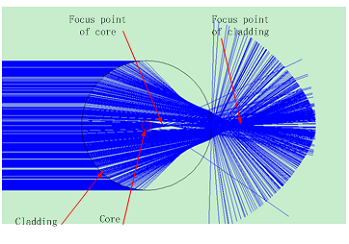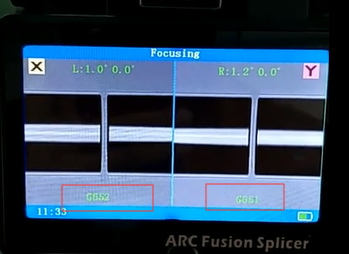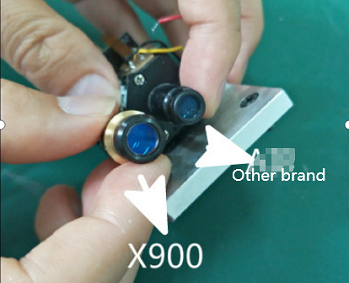Categories
Latest Blog
Why choose a 6-motor core to core alignment fiber fusion splicer?
Currently more and more Made-in-China fusion splicers come to use in fiber optical engineerings fileds, they are loved by users with lower prices but also stable performance. But for backbone (long distance) projects, Fujikura and Sumitomo still have strong technology advantage. As most Chinese manufacturers can only produce fusion splicers with 4 motors before, while Japanese fusion splicers for backbone projects are with 6 motors, which could align the fiber cores more accurately, the splicing loss will also be lower.
Some Chinese manufacturers also produce 6 motors fusion splicers now, but technology levels are also different. SHINHO X-900 fusion splicer is one of the real 6 motors core to core alignment fusion splicer development by Shanghai Xianghe(SHINHO) Fiber communicaiton Co., Ltd with excellent performance.

So what is the difference between 6 motors fusion splicers and 4 motors fusion splicers?
Let's discuss fiber imaging process first. The fiber is a nested cylindrical structure, and the refractive ratios of the core and cladding are different. The structure under the illumination of parallel light is shown as below. The focus of the core and cladding is separated, not at same point. Therefore, the microscope can not make a clear image of both cladding and core at same time, so it is necessary to adjust the focal length of the microscope to image the cladding and core respectively.

The main difference is that 6 motors fusion splicer's focal length (lens position) could be adjusted by the two additional motors. Compared to 4 motors fusion splicer, 6 motor machines have the following advantages.
1. A clear image of the core can be obtained, which has more imaging characteristics of the fiber core, so it could identify the fiber types, such as G.652, G.651 and match the most suitable fusion parameters automatically.

2. Calculate and evaluate the mode field diameter, fiber eccentricity ratio and fiber core state according to the core image, it could realize more precise core alignment. For example, the SM(single mode) fibers from different manufacturers may have small diameter differences, with this precise imaging function, the fiber cores could be aligned more collimating.
3. It can acquire more abundant fusion defect information and make more accurate loss assessment by tomography imaging after fusion. For example, with focus length adjusting, the bubble (fusion detect) in the fusion part of the fiber, could be found more easily, which is shown as a black dot in the fiber image.
Besides the motors quantity, the lens quality is also very important for a good fusion splicer. As you can see, precise imaging could get precise alignment and evaluation, the lens itself is also the key point for the imaging. The following is a comparison between lens from another manufacturer and our X-900 fusion splicer lens, with our lens, the fiber core images could always be seen more clearly when focus length changes, which can bring lower splicing loss.

For users, you can identify a fusion splicer with 6 motors or 4 motors via the following simple way, as the following short video shows.
1. If there is a lens focusing process after alignment
2. If there is a fiber identification function.
Only with above two features, it is a real 6 motors core to core alignment fusion splicer.
© Copyright: SHINHO OPTICS LIMITED All Rights Reserved.